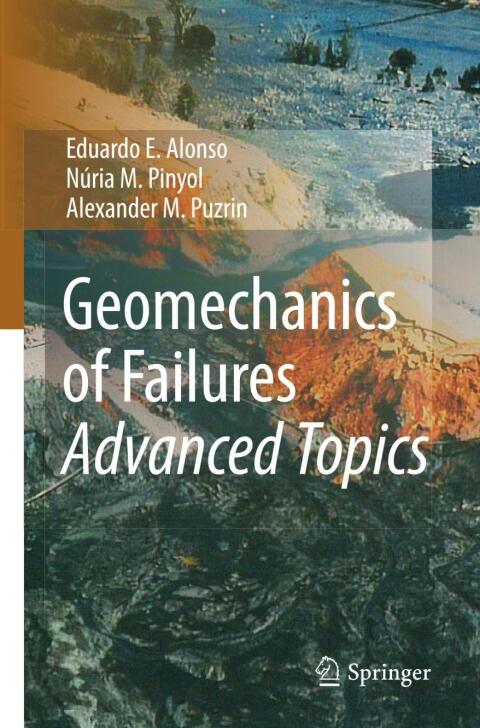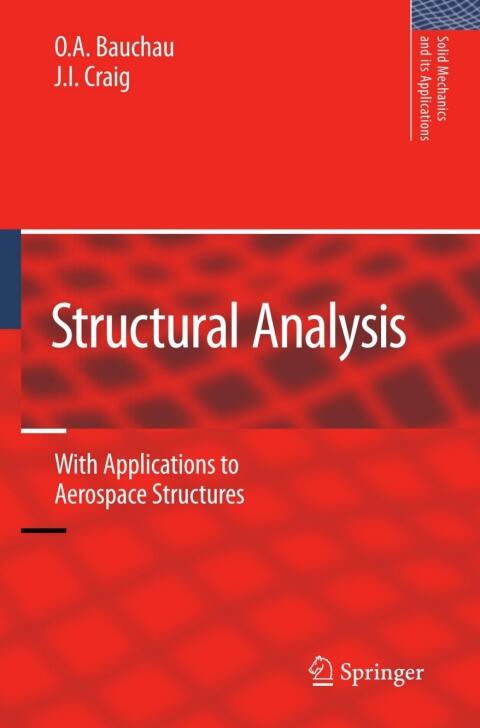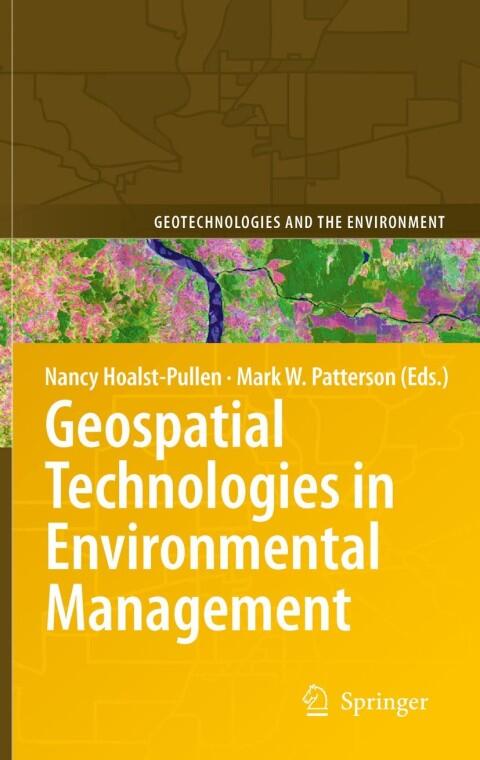
Geomechanics of Failures. Advanced Topics
هنوز رتبهبندی نشده است
Science & Technology
فرمت
کیندل
صفحات
285
زبان
هلندی، فلمنگی
منتشر شده
Jan 1, 2010
ناشر
Springer
نسخه
2010
ISBN-10
9048135389
ISBN-13
9789048135387
توضیحات
In the realm of geotechnics, the complexities surrounding failures, particularly catastrophic events, serve as a catalyst for deeper understanding and innovation. The authors present a detailed exploration of the fundamental principles that underpin geomechanical failures, offering insights into the mechanisms that lead to such events. Their expertise paves the way for advanced discussions surrounding the stability of geological structures, emphasizing the critical importance of risk assessment and mitigation strategies.
Through a blend of theoretical foundations and practical applications, the work delves into intricate topics such as the modeling of soil behavior under stress, the impact of external factors on geomechanical integrity, and the development of advanced predictive tools. This comprehensive approach equips professionals and students alike with the knowledge necessary to navigate the challenges faced in geotechnical engineering today.
The book stands out as a valuable resource for those engaged in the field, merging research with real-world relevance. It fosters a deeper appreciation for the intricacies of geomechanics and underscores the necessity for ongoing evolution in methodologies aimed at understanding and preventing failures in engineered systems.
Through a blend of theoretical foundations and practical applications, the work delves into intricate topics such as the modeling of soil behavior under stress, the impact of external factors on geomechanical integrity, and the development of advanced predictive tools. This comprehensive approach equips professionals and students alike with the knowledge necessary to navigate the challenges faced in geotechnical engineering today.
The book stands out as a valuable resource for those engaged in the field, merging research with real-world relevance. It fosters a deeper appreciation for the intricacies of geomechanics and underscores the necessity for ongoing evolution in methodologies aimed at understanding and preventing failures in engineered systems.
نقدها
هنوز نظری ثبت نشده است
اولین نفری باشید که این کتاب را نقد کرده و نظرات خود را به اشتراک میگذارید
اولین نقد را اضافه کنیدسابقه خواندن
گزارشهای خواندنی یافت نشد
برای مشاهده گزارشها در اینجا، شروع به ردیابی پیشرفت خواندن خود کنید
اضافه کردن اولین سابقه خواندن شمایادداشتها
گزارش تراکنشها
هیچ گزارش تراکنشی یافت نشد
برای مشاهده گزارشها در اینجا، شروع به ردیابی معاملات کتاب خود کنید
اضافه کردن اولین سابقه تراکنش شما


















